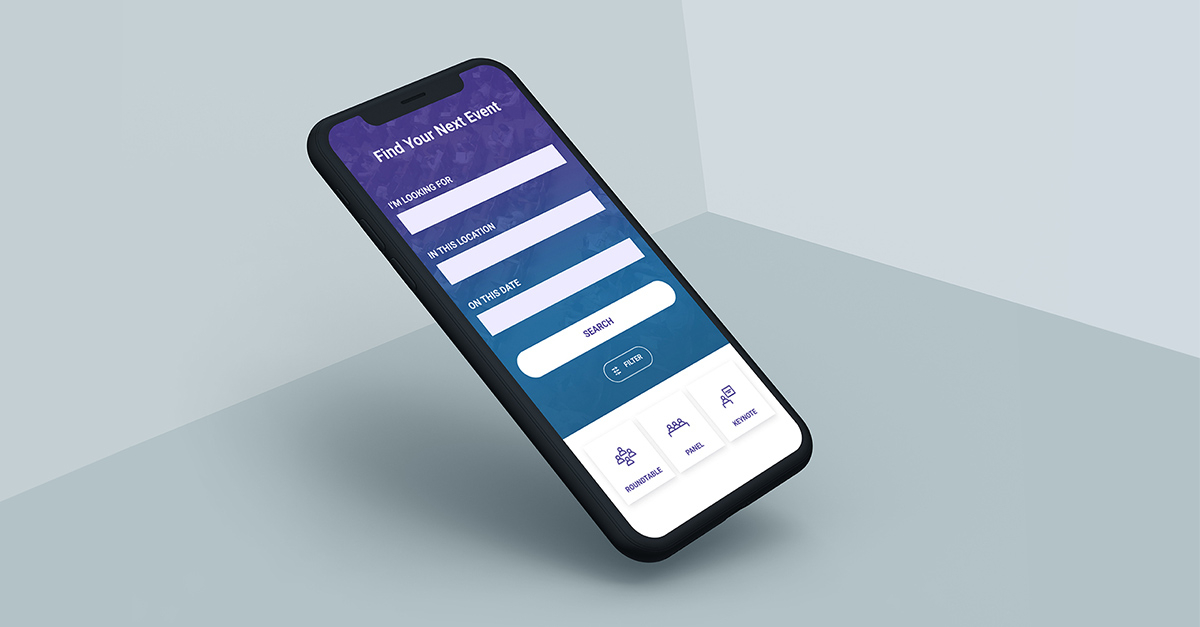Insurance Discourse
User Interface & User Experience Design for Insurance Event Web Application
Overview
Insurance Discourse is a web application specifically built for managing and displaying events happening in the insurance industry. It promotes face-to-face events that are driven by the insurance industry community and surrounding professionals. For this project, I worked as a freelance User Experience (UX) & User Interface (UI) Designer, providing visual assets to aid in the development of the application. I did so under the direction of Marcus Shields, the lead UX Designer & Consultant for the project.
Wireframing
My first task was to develop wireframes, which act as blueprints for the application interface. It allowed me to structure the visual hierarchy and information architecture for the application’s interface. Since this project was cross-platform, a major focus for me was to ensure a consistent user experience across all devices. Wireframing allowed us to quickly iterate designs, ensuring organization of page struture and informative copy was accounted for before we applied visual styles.
Component-Based Design
For this project, we applied a methodology similar to one outlined by Brad Frost’s Atomic Design Theory. This ideology focuses on the creation and management of small, reusable building blocks that can be composed into larger, more robust components. While we did not strictly adhere to the naming convention outlined by Atomic Design Theory, we still followed the core principles and mindset.
An amazing feature in modern design software tools, such as Sketch and Figma, is their ability to create Symbols or Components, respectively. These allow designers to create small building blocks that can be reused and formed into other components. Although it required a little more upfront effort and time to establish, it streamlined the design process in the long-run. If a design change was needed, we were able to make the changes to the master component, which reflected the changes across every instance of the component. This is monumentally less time-consuming, as opposed to having to manually update each instance of the component.
Interactive Prototyping
Another amazing feature in modern design tools is the ability to add interactive prototyping to the design without having to wait until the application is developed. We were able to add clickable events to our static, high-fidelity mockups. This interactivity included things like page transitions, and the toggling of how information was presented on the screen. This allowed us to adjust animations and event values as needed. When it became time to develop the application, that information can be handed over to the developers when necessary.
